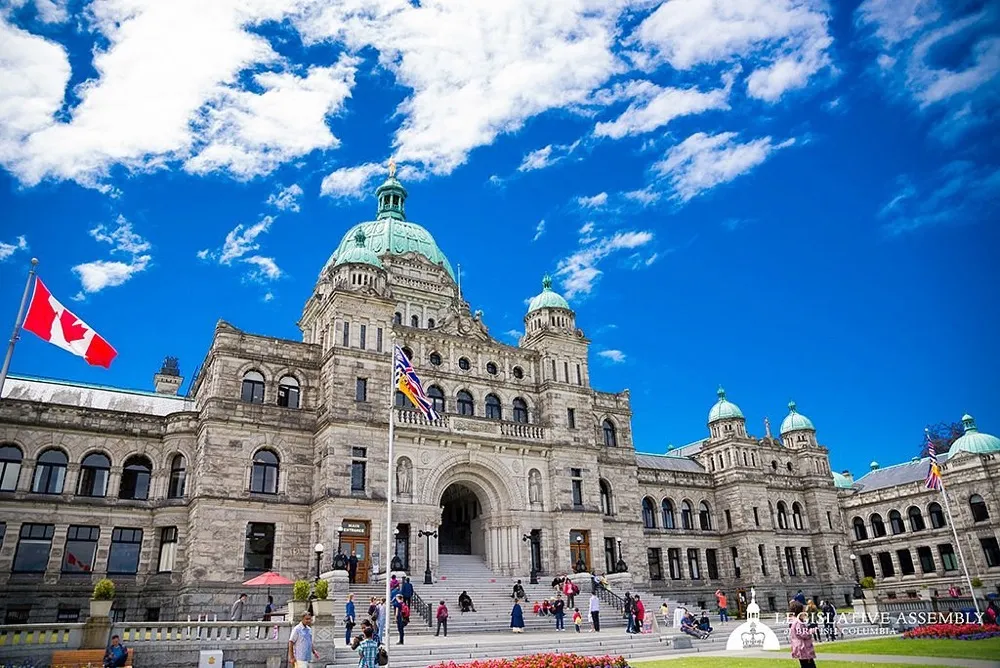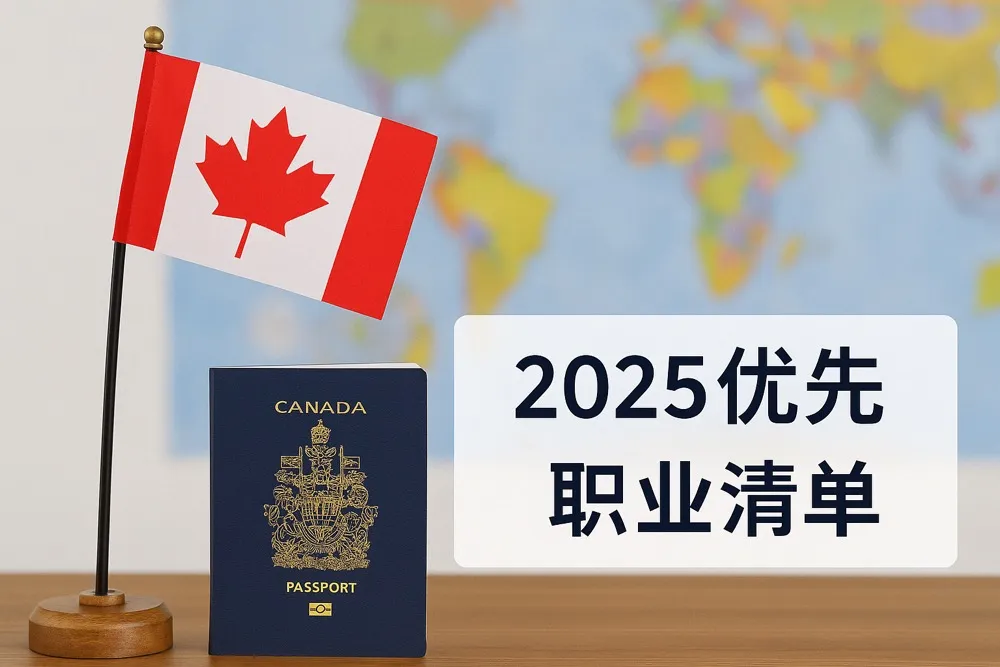用6张图看懂:特鲁多执政的9年间给加拿大的经济留下了什么?
发布时间:2025-01-10 10:41:14 阅读量:258
”贾斯汀-特鲁多的灾难性经济遗产六张图表“
作者:利维奥-迪马特奥
随着贾斯廷·特鲁多即将退出政坛,他的执政遗产成为加拿大热门话题。在讨论他的执政成绩时,经济遗产无疑是一个关键部分。以下六张图表展示了特鲁多任期内加拿大经济的表现。
As Justin Trudeau prepares to exit politics, his legacy has become a hot topic in Canada. When evaluating his achievements, economic legacy is undoubtedly a critical aspect. The following six charts illustrate Canada’s economic performance during Trudeau’s tenure.
01加拿大与美国的经济差距扩大

Although Canada's economy grew during Trudeau’s nine-year term, inflation- and population-adjusted real GDP per capita showed sluggish growth. In contrast, the U.S. economy saw robust growth, further widening the income gap between the two countries.
2015年,加拿大人均实际GDP相当于美国的76%以上,而现在仅为68%。与加拿大最大贸易伙伴相比,加拿大生活水平的持续下降对未来的生活质量和经济竞争力都不利。
In 2015, Canada’s real GDP per capita was over 76% of the U.S. level; now, it stands at just 68%. The continued decline in living standards relative to Canada’s largest trading partner poses challenges to future quality of life and economic competitiveness.
02失业率保持不变——靠的是公共部门就业

From 2015 to 2024, Canada’s total employment grew from 17.9 million to 20.6 million. However, the labor force expanded proportionally due to immigration-driven population growth. Despite pandemic fluctuations, the overall unemployment rate has remained virtually unchanged compared to 2015.
2015年,加拿大年均失业率为6.9%;截至2024年11月,这一数字为6.8%。更详细的就业数据表明,公共部门就业增加,而私营部门就业停滞,自雇就业人数减少。
In 2015, Canada’s average annual unemployment rate was 6.9%; by November 2024, it stood at 6.8%. More detailed employment data reveals increases in public sector jobs, stagnation in private sector employment, and a decline in self-employment numbers.
03利率上升

In 2015, the Bank of Canada’s rate (the benchmark for commercial bank borrowing) stayed below 1%. During the pandemic, rates dropped to historic lows, but as inflation surged, the central bank began hiking rates in 2022. By 2024, rates peaked at 5.25% before easing as inflation subsided, though they remain at 3.5%, higher than when Trudeau took office.
与此同时,加元兑美元汇率走弱,可能推高消费品进口成本,并引发通胀再度上升。短期内,进一步降息的可能性不大。
Meanwhile, the Canadian dollar weakened against the U.S. dollar, potentially raising import costs and risking a resurgence in inflation. Further rate cuts are unlikely in the near term.
04通胀高企后回落

In 2015, Canada’s average annual inflation rate was just over 1%. Post-pandemic, inflation soared due to supply chain disruptions, rapid population growth, and fiscal stimulus. By 2022, inflation peaked at nearly 7%, prompting the Bank of Canada to hike rates to curb it.
到2024年,通胀率重新回到加拿大央行1%至3%的目标区间。但从2015年至2024年,加拿大消费者物价总指数上涨了26%,生活成本大幅增加。至于房价的飙升,这里暂且不提。
By 2024, inflation returned to the Bank of Canada’s 1%-3% target range. However, from 2015 to 2024, Canada’s Consumer Price Index rose by 26%, significantly increasing living costs. Housing prices, another major factor, are not discussed here.
05财政赤字飙升

Trudeau’s tenure saw fiscal deficits every year, totaling over CAD 600 billion. The 2020-2021 deficit reached CAD 328 billion, the highest in Canadian federal fiscal history.
尽管当时的大额赤字被归因于抗击疫情,但事后看来,这一规模远超实际需求。财政赤字也为联邦支出规模长期扩张提供了资金支持。联邦财政支出占GDP的比例从2017年的14%上升至2024年的17%以上。
While these deficits were attributed to pandemic measures, in hindsight, their scale far exceeded actual needs. The deficits also funded a long-term expansion in federal spending, with the share of GDP rising from 14% in 2017 to over 17% by 2024.
06国债翻倍,债务利息成本大幅增加

Prolonged fiscal deficits drove Canada’s federal net debt from CAD 701 billion in 2015 to CAD 1.35 trillion in 2024. However, historically low interest rates kept most debt servicing costs stable between 2014 and 2022, averaging under CAD 24 billion annually.
但随着利率上升,债务利息支出从2021-2022财年的245亿加元飙升至2023-2024财年的474亿加元。到2024-2025财年,债务利息预计将达到537亿加元,占联邦支出的近10%。
As interest rates rose, debt servicing costs surged from CAD 24.5 billion in 2021-2022 to CAD 47.4 billion in 2023-2024. By 2024-2025, interest costs are projected to reach CAD 53.7 billion, nearly 10% of federal expenditures.
特鲁多的经济遗产充满争议:一方面有经济增长,但另一方面则是生活成本飙升、财政负担加重和经济竞争力下降。未来,这些遗产将如何影响加拿大,仍需时间检验。
Trudeau’s economic legacy is contentious: economic growth on one hand, but soaring living costs, heavier fiscal burdens, and declining competitiveness on the other. How these factors will shape Canada’s future remains to be seen.
相关文章

169:144!加拿大正式进入两党时代!2025联邦大选完整解读

重磅|加拿大联邦大选结果出炉!卡尼胜出,博励治落败!而他选择了辞职……

魁北克高院“手撕”省政府:涨学费、设法语门槛统统无效!

美国凉凉!加拿大已成欧洲人旅游“新宠”……

揭秘|葡萄⽛为何成了美、加国人“抢着移⺠”的国家?

新政解析|BC首个RCIP社区公布细则:教你看懂低门槛背后的“高竞争”!

聚焦大选:胜负难料,BC省“战况胶着”!全方位对比两党竞选纲领 你更支持谁?

BC省低门槛RCIP项目细则公布:工资、职位、社区一网打尽!

加拿大RCIP移民项目新进展:三大社区公布2025优先职业清单 语言要求低至CLB 4!
